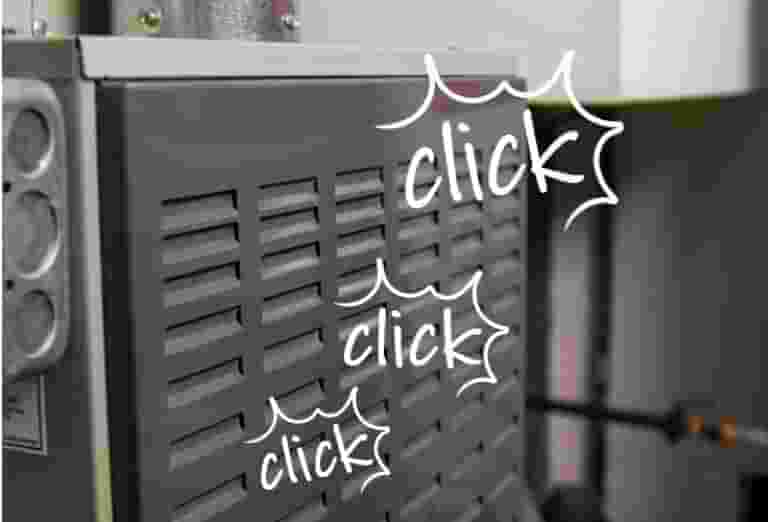Grab bars are support devices, used especially by older adults, children, and people with disabilities, to lean on and help prevent falls and other accidents. According to the Centers for Disease Control and Prevention, 25% of older adults fall yearly. One in five falls results in head, arm, hip, wrist, or other injuries. Installing support for balance and stability in bathrooms and other areas makes daily life safer and more enjoyable.
Before setting up an appointment to install them in your home, let’s discuss everything you need to know about grab bars.
What is a Grab Bar?
Grab bars are typically short sections of handrails, although there are many configurations for specific needs. They are especially effective in areas with slippery floors, like kitchens and bathrooms. The bars can be mounted on walls, floors, ceilings, tubs, and many other locations.
They are often installed in public facilities and private homes to assist persons with disabilities, older persons, and those aging in place. These stability enhancements help people with limited mobility live more independent lives.
What is a Grab Bar Used For?
Support bars, handrails, and other safety enhancements are proven to prevent falls and injuries, especially when using tubs, showers, or the toilet. In a National Library of Medicine study, participants were asked to exit a tub. Those using support were three times more likely to keep their balance than those without it.
They can also make sitting and standing easier by providing support for balance. Grab bars can reduce fatigue when standing, give confidence and peace of mind, and make life more manageable in several ways.
- Prevent Falls: Two of the most common ADA grab bar location suggestions are kitchens and bathrooms, but they can be useful in other areas, too. Handrails in hallways, on stairs, and other spaces help people with balance challenges avoid falls and injuries.
- Enhance Mobility: Getting to and from bedrooms, bathrooms, and other rooms can be safer and less of a struggle with grab bars installed in strategic places. Ramp installation, widening doorways, and additional safety and mobility upgrades can provide even more freedom.
- Encourage Independence: Daily activities like bathing and cooking can be easier to manage with support bars in place, resulting in a greater sense of self-sufficiency.
Types of Grab Bars
Support bars are available in many styles, finishes, configurations, and sizes. The handrails and bars must support some or total body weight, provide enough clearance, and should feature a textured grip. Installed securely, they can help promote mobility. When securing bars to a wall, make sure the wall can support the weight of someone who constantly grabs the bar for support. Using a stud within the wall to secure the mount will provide greater, long-term stability.
- Wall Mounted: Secured to a wall or studs using mounting appropriate screws and anchors.
- Bathtub Mounted: Secured over the rim of a bathtub with clamps or other appropriate fasteners.
- Suction Mounted: These are secured to non-porous surfaces such as tile for temporary support. (Note: These are not meant to support total body weight.)
- Folding Support Bar: These flexible options fold and unfold to save space in tight spaces like next to toilets.
- Free-Standing Support: Floor-to-ceiling tension bars are typically installed next to tubs and showers, providing more handholds than wall-mounted bars.
- Dual-Purpose Handrails: As another space-saving option, dual-purpose handrails can double as towel racks, toilet paper holders, or shower shelves.
The amount of space available for installation and intended use is critical to the placement of grab bars. Wheelchair users may find folding supports a good fit, while caregivers may require a support system that provides plenty of maneuvering room for two.
Where To Install Grab Bars
Accident prevention in bathrooms, kitchens, and hallways is a significant concern for people with disabilities and aging adults. The most common residential areas where support bars are the most effective include:
- Bathrooms: Bathrooms can be a challenging space. It’s ideal to install supports by the toilet, tub, and shower to better support moving the body into multiple center-of-gravity shifting positions.
- Entryways: Installing support bars by exterior doors provides extra support for navigating steps and uneven transitions.
- Hallways: Grab bars installed in hallways provide support while moving from room to room.
- Staircases: Wall-mounted handrails on each side of a staircase double the support and stability compared to a single handrail.
- Frequented Areas: Floor-to-ceiling support poles by beds, dining areas, and favorite chairs make sit-to-stand and stand-to-sit actions easier.
Because support devices come in so many styles, they can be installed wherever needed without detracting from your home's appeal. There are no ADA requirements for grab bars in homes except for those with children and adults with certain disabilities.
Need Grab Bars Installed? Mr. Handyman Can Help!
Your local Mr. Handyman® is your one-stop solution for safety and mobility services to keep your home comfortably accessible. Our professional handyman services ensure that the placement of the grab bars meets your unique needs and recommended guidelines. Every home improvement is backed by the Neighborly Done Right Promise™ for peace of mind. Request service today!
 Click to call
Click to call



